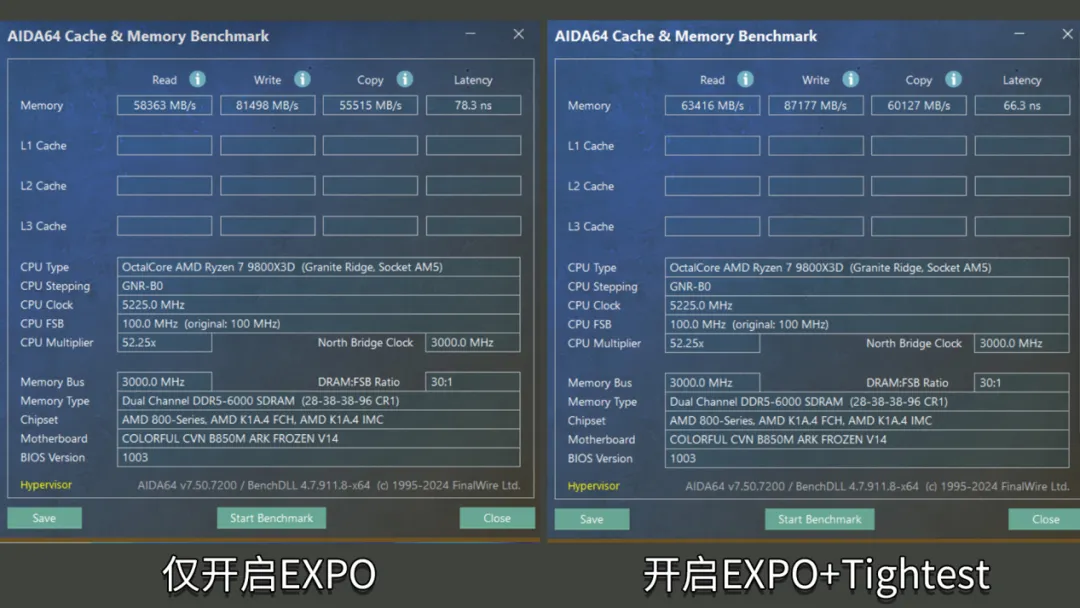Exciting advancements in memory optimization are set to enhance gaming experiences for users of Ryzen 9000-based systems. These improvements come courtesy of Colorful, a prominent Chinese hardware manufacturer, which has introduced innovative features for its AM5 motherboards, promising to boost performance by lowering memory latency. As gamers and tech enthusiasts look for the latest edge in system performance, these updates could be a game-changer.
Introducing Colorful’s New Memory Modes
In a bold move, Colorful has unveiled two groundbreaking memory modes: “Low Latency” and “High Performance.” Aimed at their 600 and 800 Series motherboards, these modes promise to enhance system capabilities by tackling the notorious high memory latency of Ryzen 9000 series CPUs. The features are accessible on models such as the Tomahawk B850M Super Black Blade, Colorfire B850M Meow, and CVN B850M ARK Frozen. Additionally, users with X870, B850, and B650 chipsets can upgrade to these features by updating their BIOS versions. The company claims that by minimizing memory latency through BIOS tweaks, users can expect improved performance in both applications and gaming.
Unleashing Performance Potential
Accessing these new features is straightforward. The Low Latency mode is available under the Overclocking tab in BIOS. Users can navigate to Memory Settings, select Memory Module Resource, and choose the EXPO1 preset to activate Low Latency Mode. Similarly, the High Performance mode can be engaged by selecting the “Tightest” option in BIOS, which aims to maximize memory bandwidth and further cut latency.

Colorful’s internal tests reveal impressive results with these configurations, achieving a reduction in memory latency by 12 ns while boosting read speeds by 5 GB/s and write speeds by 4.5 GB/s in AIDA64, all while maintaining a memory speed of 6000 MT/s. In practical gaming tests, these settings reportedly raised average frame rates in Battlefield 6 from 146 FPS to 172 FPS, marking a significant 15% increase in performance. While these findings are promising, external benchmarks will be needed to verify the results.



